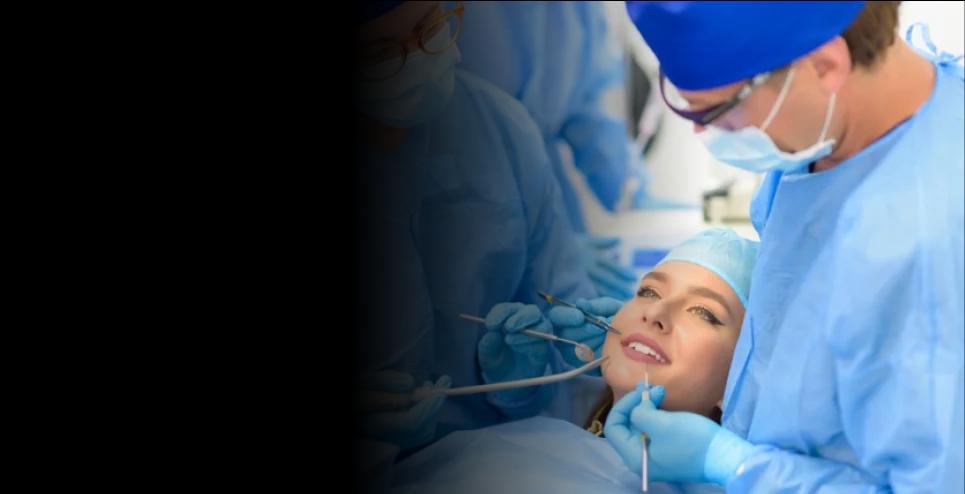Living Donor Liver Transplantation (LDLT)
at Sterling Hospitals - Vadodara - Bhayli

at Sterling Hospitals - Vadodara - Bhayli

How can we help you?
Living Donor Liver Transplantation (LDLT)
Living Donor Liver Transplantation (LDLT) is a surgical procedure in which a portion of a healthy liver from a living donor is transplanted into a recipient with end-stage liver disease or acute liver failure. The donated portion of the liver grows and regenerates in both the donor and recipient, allowing both individuals to have functional liver tissue.
When and why do people go for Living Donor Liver Transplantation (LDLT)?
People undergo living donor liver transplantation when they have end-stage liver disease or acute liver failure and do not have access to a deceased donor liver or cannot wait for a deceased donor organ due to the urgency of their condition. LDLT may be recommended for individuals with conditions such as liver cirrhosis, liver cancer, hepatitis, or metabolic liver disorders. The goal of LDLT is to provide a timely and life-saving treatment option for individuals with severe liver disease that is not responsive to medical or other surgical treatments.
What makes Living Donor Liver Transplantation (LDLT) different from other treatment options?
Living donor liver transplantation offers a unique treatment approach compared to other options for end-stage liver disease. While deceased donor liver transplantation remains the most common method of liver transplantation, LDLT provides an alternative for individuals with urgent medical needs or those who cannot wait for a deceased donor organ. LDLT allows for the transplantation of a healthy liver segment from a living donor, which may result in shorter wait times for transplantation and potentially better outcomes due to the reduced risk of organ rejection and improved compatibility between donor and recipient.
How does life change after Living Donor Liver Transplantation (LDLT)?
Life after living donor liver transplantation can bring about significant improvements in health, well-being, and overall quality of life for individuals with end-stage liver disease. Following the procedure, many recipients experience relief from symptoms such as fatigue, jaundice, abdominal pain, and fluid retention associated with liver failure. With a healthy donor liver segment, recipients often find it easier to maintain normal liver function, digest food, and absorb nutrients. While recovery from LDLT may involve some temporary discomfort and adjustments to medications and lifestyle, many recipients ultimately enjoy a renewed sense of vitality and improved long-term outcomes after transplantation. Regular follow-up care and monitoring are essential to ensure the success of LDLT and maintain the health of the transplanted liver.